eBikes are among the topics making the rounds in the National Park System, as the debate over where these motorized bikes should be allowed to travel is not without controversy. Those cycles, and topics ranging from the lack of a permanent director of the National Park Service to reorganization of the Interior Department, are among the topics Traveler discusses this week with Kristen Brengel, vice president of government affairs for the National Parks Conservation Association, and Phil Francis, chair of the Coalition to Protect America's National Parks. We also take a look at mealtime in the parks, with a focus on Dutch oven cooking.
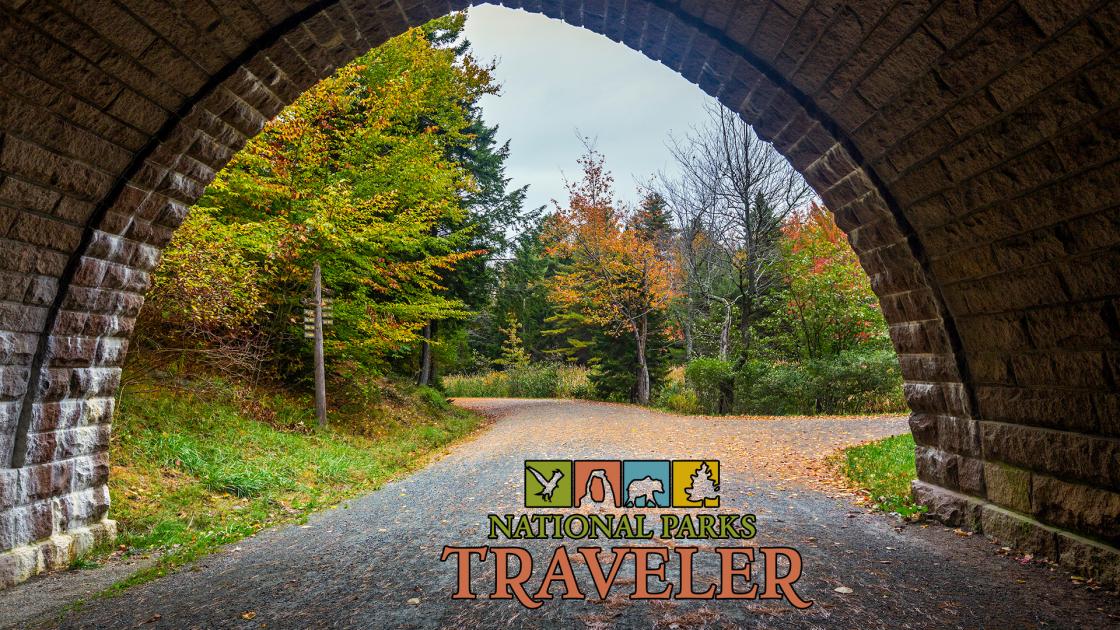
:12 Episode introduction with Kurt Repanshek
1:21 Introduction to this week's conversation with Kristen Brengel of the National Parks Conservation Association and Phil Francis of the Coalition to Protect America's National Parks
1:57 Interview with Kristen Brengel and Phil Francis
14:32 Almost Home - Randy Petersen - The Sounds of the Great Smoky Mountains
14:44 National Parks Traveler Promotion
14:59 Washington's National Park Fund promotion
15:35 Yankee Freedom promotion
16:13 Interview with Kristen Brengel and Phil Francis continues
27:48 Blue Ridge Parkway Foundation promotion
28:14 North Cascades Institute promotion
28:35 Friends of Acadia promotion
29:06 A focus on Dutch oven cooking
37:23 Orange Tree Productions promotion
Add comment
With the summer vacation season not too far off, no doubt many National Park Service Superintendents are trying to figure out how to manage the crowds and avoid impacts to natural resources in the park system.
Smokies Life, which most of you who closely follow Great Smoky Mountains National Park know was previously known as the Great Smoky Mountains Association, produces educational and informational materials for Great Smoky Mountains National Park. This week we’re joined by Laurel Rematore, the chief executive officer of Smokies Life, to discuss the name change as well as how her organization lends a big hand to the Park Service staff at Great Smoky.
Have you ever closely inspected the landscape when you’re touring the National Park System, particularly in the West? You never know what you might find.
Back in 2010 a 7-year-old attending a Junior Ranger program at Badlands National Park spied a partially exposed fossil that turned out to be the skull of a 32-million-year-old saber-toothed cat.
If you’ve ever visited Petrified Forest National Park you’ve no doubt marveled over the colorful fossilized tree trunks. There are also fossilized trees on the northern range of Yellowstone National Park, but nowhere near as colorful.
Wolverines, the largest land-dwelling members of the weasel family, once roamed across the northern tier of the United States, and as far south as New Mexico in the Rockies and southern California in the Sierra Nevada range. But after more than a century of trapping and habitat loss, wolverines in the lower 48 today exist only as small, fragmented populations in Idaho, Montana, Washington, Wyoming, and northeast Oregon.
Spur a discussion about traveling to a national park for a vacation and odds are that it will revolve around getting out into nature, looking for wildlife, perhaps honing your photography skills, or marveling at incredible vistas.
Will the discussion include destinations that portray aspects of the country’s history, or cultural melting pot?
Support Journalism about National Parks!
National Parks Traveler is a 501(c)(3) nonprofit.
The Essential RVing Guide

The National Parks RVing Guide, aka the Essential RVing Guide To The National Parks, is the definitive guide for RVers seeking information on campgrounds in the National Park System where they can park their rigs. It's available for free for both iPhones and Android models.
This app is packed with RVing specific details on more than 250 campgrounds in more than 70 parks.
You'll also find stories about RVing in the parks, some tips if you've just recently turned into an RVer, and some planning suggestions. A bonus that wasn't in the previous eBook or PDF versions of this guide are feeds of Traveler content: you'll find our latest stories as well as our most recent podcasts just a click away.
So whether you have an iPhone or an Android, download this app and start exploring the campgrounds in the National Park System where you can park your rig.

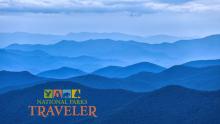
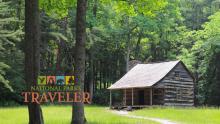

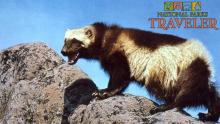
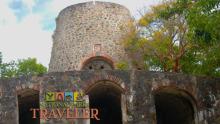

Comments
This podcast only offers one side of the "debate" on this issue. Why were no advocates for how e-bikes could potentially benefit the parks by offering alternative access via an environmentally friendly, quiet mode of transport included in this discussion?
class 1 & 2 ebikes, the motor cuts off at 20 mikes per hour. I've ridden my Class 2 ebike for 8,000 miles in past 4 years, since my knee could no longer pedal elevatoon gain. Class 2 have added throttle that also cuts off at 20mph. Without the throttle, I can not safely restart the bike of stopped going up hill. The ebike has changed my life and health, getting me outdoors. In California, Class 1&2 ebikes are allowed on any street or bike path where conventional bikes are allowed. If there is concern about speed (such as local beach paths), SPEED LIMIT SIGNS are posted. It's absolutely discriminstory to limit altered abity adults from enjoying cycling!
So, here's the case FOR e-bikes:
- they leave no carbon footprint
- they are quiet
- they do no more damage to trails than regular bikes
- they can be paced within safety standard limits
- many people who use them are leaving their cars and trucks behind at their homes, hotels, and campsites and using them as their mode of transportation to enter and enjoy the parks, thereby reducing pollution, noise and traffic congestion
- they are affording visitors who are physically compromised in some way to enjoy our National Parks and reap the physical and mental health benefits of getting out in nature
So, what is the case against e-bikes, other than some misunderstanding and fear?
Notwithstanding the fact that EBikes are no more intrusive or damaging than traditional bikes, it is worth recognizing that current federal law defines a motor vehicle as a self propelled vehicle (40 CFR 85.1703). Class 1 EBikes are not self propelled, you must pedal and therefore they are not motorized vehicles under current law.
One more thing: Class 1 Ebikes are not comparable to scooters and Segways, etc. because those 'vehicles' are actually self propelled. I'm not saying they are bad - though I don't have a high opinion of them - but they are not a fair comparison to pedal-assist EBikes.